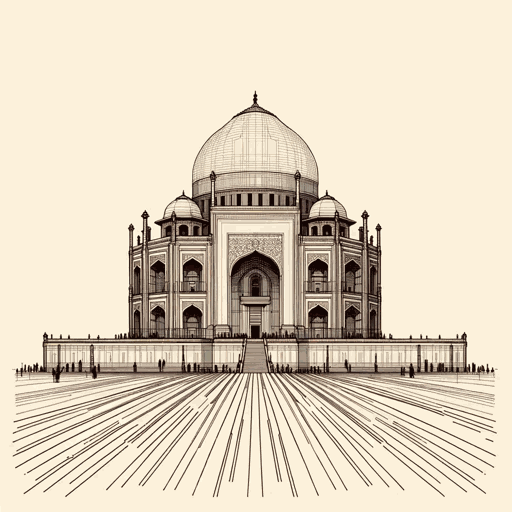40 pages • 1 hour read
Mahatma GandhiHind Swaraj
Nonfiction | Book | Adult | Published in 1909A modern alternative to SparkNotes and CliffsNotes, SuperSummary offers high-quality Study Guides with detailed chapter summaries and analysis of major themes, characters, and more.
Introductory MaterialsChapter Summaries & Analyses
Introductory Materials Summary: “To the Reader”
Gandhi says to the “diligent reader of my writings” (2) that his beliefs have evolved and his writings are not, therefore, always consistent over time. Should one of his quotes contradict another, the reader is advised to “choose the later of the two on the same subject” (2).
Introductory Materials Summary: “Preface to the New Edition”
The editor of the 1938 English-language edition, Mahadev Desai, adds comments on some of the major issues raised by readers of prepublication copies.
First, “[t]he principle of non-violence and love was enunciated by Buddha and Christ centuries ago” and has worked “on small clear-cut issues” (2), but can it work across an entire nation that tries to free itself from a colonial power? It may be possible but only through “love, and pure unselfish love is impossible without unsullied purity of mind and body” (2).
Critics worry that Gandhi’s rejection of machinery will become unsustainable to his followers. The editor responds that Gandhi condemns not machines per se, but their misuse; of mechanized civilization, Gandhi says that “[t]he impetus behind it all is not the philanthropy to save labour, but greed” (2). Thus, many machines serve only the ambitions of the wealthy and should be discarded.
Should Western civilization itself be discarded by India? Gandhi believes the defects of the West are not inherent and can be mended, perhaps by men of character who can help Europe find its own liberation, and “Gandhiji’s object in the book was to contrast the tendencies of the Indian civilization with those of the Western” (2).
Related Titles
By Mahatma Gandhi



